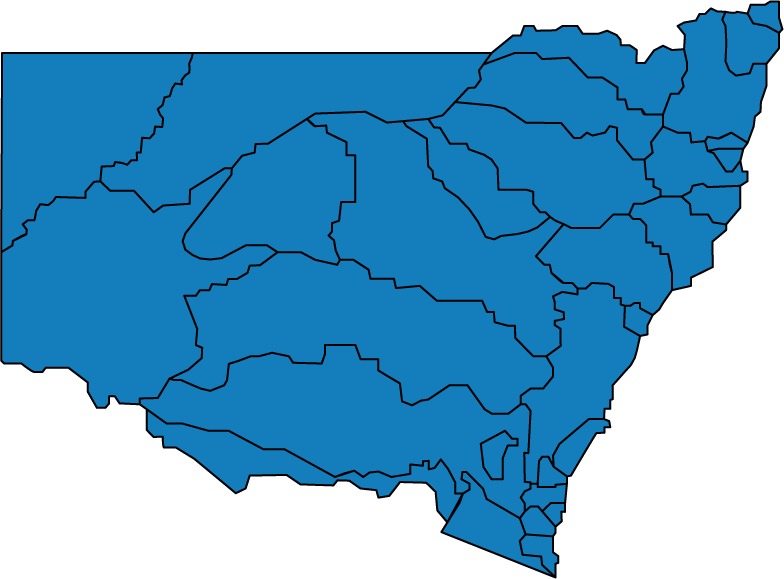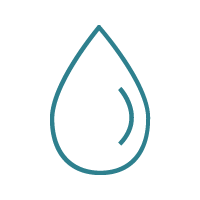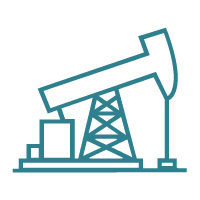NRAR’s regulatory priorities focus on activities, regions or industries that may not be following the water rules or have the potential to cause harm to the environment or the community.
There are two types of priorities:
Our annual priorities
Annual priorities are year-long projects. Each priority can be solved by understanding the problem, supporting industry and making sure laws are obeyed.
Every year, new priorities are set based on:
- patterns that emerge from non-compliance
- how well we can fix a problem within 12 months
- weather forecasts
- what communities and the environment need.
Outlined below are our priorities for 2023-24.
 Water metering
Water metering
The non-urban water metering reform is a significant change to how water is managed in NSW.
NRAR will continue to make sure people are following the metering rules. We will focus on those who use large amounts of water and are more likely to cause harm to the environment. We will concentrate on high-volume, high-risk water users across NSW.
Target region: statewide
 Irrigated agriculture
Irrigated agriculture
In NSW, about 80% of water that's taken is used to water crops. We'll focus on oversized dams and unapproved water storages used for irrigation purposes. Specifically those that don't have a proper licence or approval. Farm dams, even if small, can have a big impact on water flow during dry years, leaving less water downstream for other users and the environment.
Our satellite (eyes-in-the sky) program helps us locate those who are potentially breaking the water laws. It’s important everyone follows the rules so we can better protect the environment.
Target regions: Murray and Murrumbidgee
 Overdrawn accounts
Overdrawn accounts
When people take water that they haven't ordered or use more than they are allowed, they are breaking the conditions of their Water Access Licence (WAL). This may cause problems for nearby communities, Aboriginal cultural practices and ecosystems that depend on the flow of the river.
NRAR will focus on finding accounts that have taken more water than they are allocated. The penalty will get more serious for those who continue to break the rules.
Target region: statewide
Our enduring priorities
Our enduring priorities address activities and conduct that typically pose a greater risk to water management in NSW or are values that underpin the decisions we make and the work we do.
Enduring priorities are often complex and take longer to solve or act on and may be areas that NRAR will always consider important.
Outlined below are our enduring priorities
 Accurate measurement
Accurate measurement
We will continue to ensure that water take is measured and reported accurately in line with the law.
 Aboriginal cultural values
Aboriginal cultural values
We will conduct our work with respect for the values of the Aboriginal peoples of NSW, for whom water is intrinsically linked to their obligations in caring for Country.
 Unlawful activity, significant harm
Unlawful activity, significant harm
We will take action against water users who break the law in ways that cause significant harm to the environment, the community and to other water users.
 Unauthorised structures
Unauthorised structures
We will regulate people with unauthorised structures on the floodplain that divert water away from the environment or from places and traditions of cultural significance.
FAQs
How are regulatory priorities chosen?
We consider several factors when selecting regulatory priorities, including but not limited to:
- the level of non-compliance and the impact on environment, community, culture and economy from a particular activity or industry
- the persistence of an issue and our ability to solve it
- the potential to prevent future harm and non-compliance
- the likelihood of the unlawful activity to encourage others to break the rules.
What does a regulatory priority project look like?
Our approach to priority projects can be broken down into four stages:
- Identify: data from internal sources, community reports, licence conditions, water accounts, water allocations, drones and ongoing satellite monitoring are all used in combination to identify areas for NRAR’s focus.
- Understand: intelligence specialists work with compliance teams to capture knowledge and improve our understanding of our chosen priority areas. All information gathered is used to choose the best regulatory tools to solve issues of non-compliance.
- Support: NRAR widely promotes priority areas through communication and education campaigns and may engage with local industry and representative groups to help support those who want to do the right thing and move into compliance.
- Enforce: those who continue to engage in unlawful activity are prioritised for strong enforcement responses. NRAR will act more severely against those who break the law in priority areas.
What priority areas has NRAR focused on in the past?
We review and update our priorities on an ongoing basis to account for new developments in our data and analytical tools. Annual priorities also allow NRAR to be responsive to the evolving needs of the community and the environment.
Previous regulatory priorities can be found below.